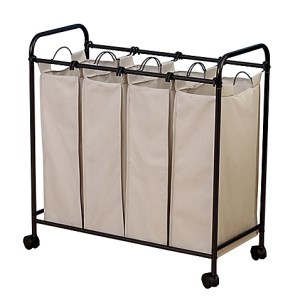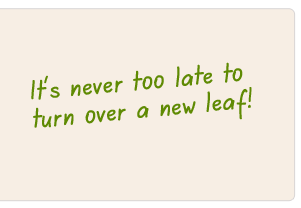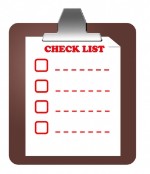
Now that the calendar has been flipped over to August, the first day of school is on the horizon.
One chore that goes hand-in-hand with back to school is LAUNDRY. Like it or dislike it, it’s a necessity of life in households.
THAT DREADED WORD–L A U N D R Y!
In my experience as a professional organizer, I have found that many clients just can’t seem to keep up with the never-ending pile of laundry. For some people, laundry has become a mountain.
If you struggle to keep up with laundry, try some of the following suggestions.
- Have a laundry hamper(s) in a central location or each bedroom. Multi-section hampers are available to pre-sort dirty clothes into dark and light colours.
- Gather all your dirty laundry together before starting.
- Put each child’s clothing into a mesh bag for washing.
- Socks won’t disappear if contained in a mesh bag.
- Use a different colour basket for each family member.
- Keep your laundry area well stocked with supplies–detergent, fabric softener, stain remover, hangers, etc.
- Limit the amount of clothing you own.
- Children grow out of clothes so quickly. Pack up any clothes they have outgrown for your younger children. Or pass them along to a friend or relative or donate them to a thrift store.
- Store winter/summer clothes in a separate area–if possible.

- SCHEDULE TIME to do laundry on a daily or weekly basis, so it doesn’t get out of control.
- Wash one or two loads per day. The number of people in your household will determine how much laundry needs to be done.
- Put a load in the washer in the morning and transfer it to the dryer once you’re home from work. Or put a load in the washer at night and transfer it to the dryer in the morning.
- NOTE: For those of us who live in Ontario and are subject to time-of-use hydro (electric or power for our friends in the States) rates, this makes scheduling laundry a bit more of a challenge.
- Hang up items as soon as they come out of the dryer to avoid wrinkling.
- Fold and put away laundry after each load is dry.
- Make it a required chore for each family member to put away their clean clothes. Create good habits in the early years!
When was the last time you cleaned your dryer vent?
According to the U.S. Fire Administration, “Dryer lint caused 16,800 fires last year. These preventable fires caused 15 deaths, 300 injuries and about $88 million US in property damage. There are no comparable statistics available for Canada.” Schedule time to clean your dryer vent regularly. For more information, click here.
Don’t let your laundry get the better of you!
Get started and turn over another leaf!
Until next month,
![]()




 It’s September!
It’s September! 
Connect with us Online